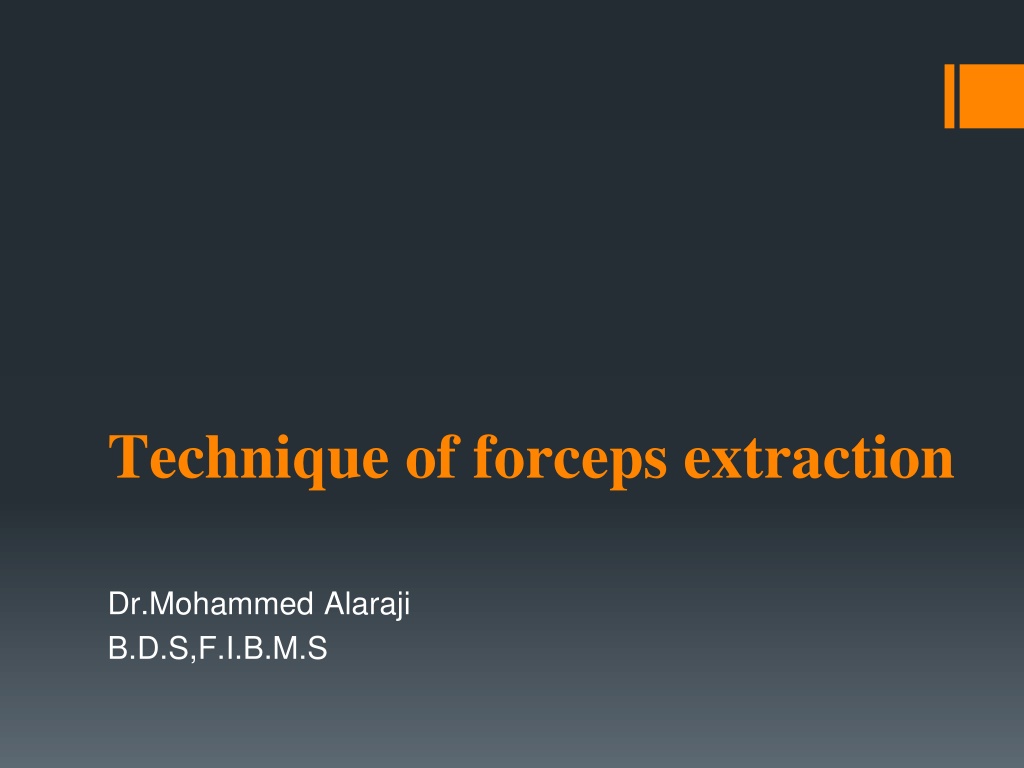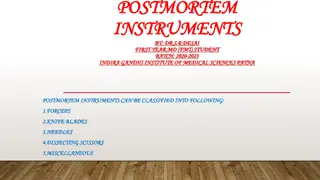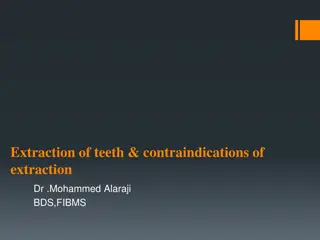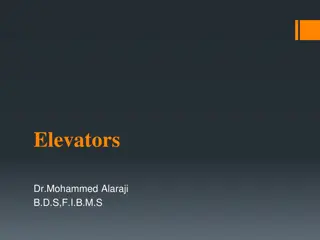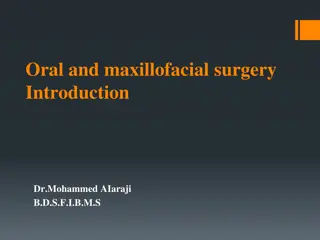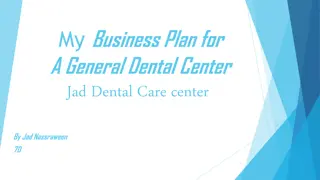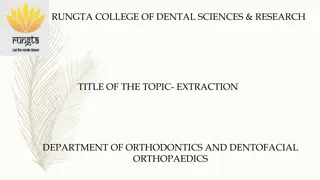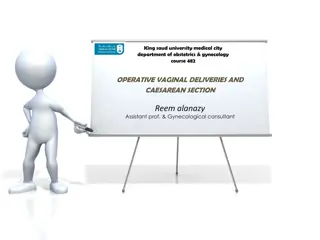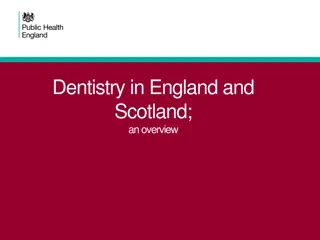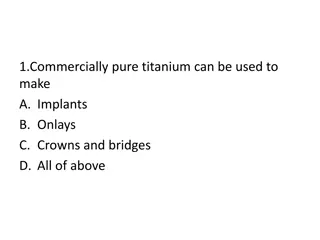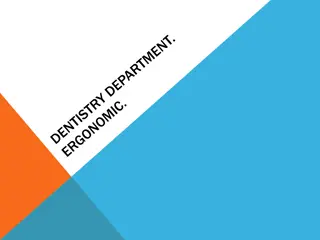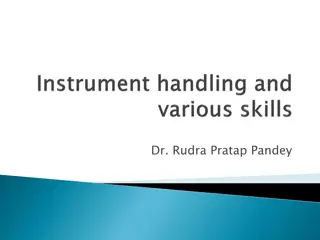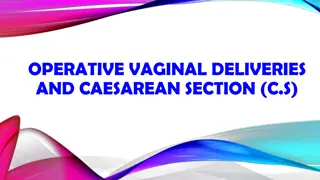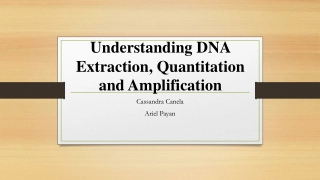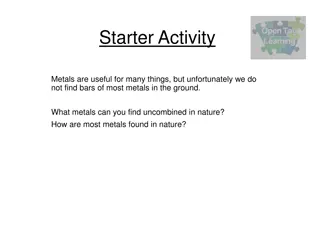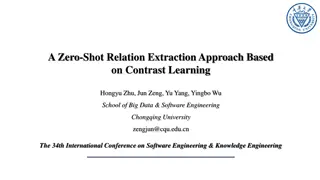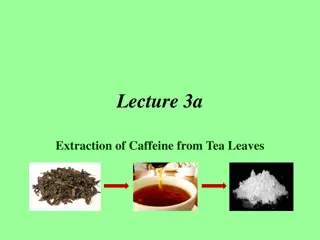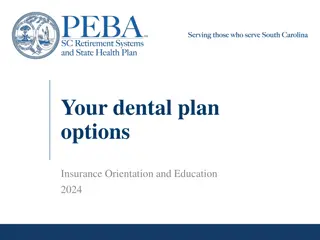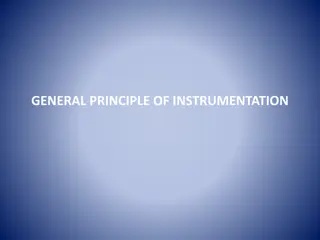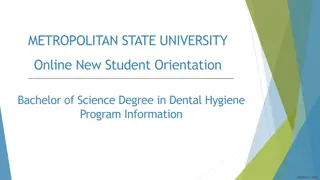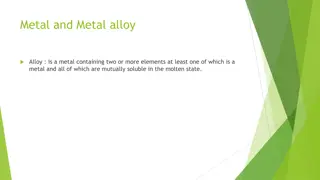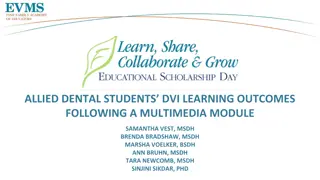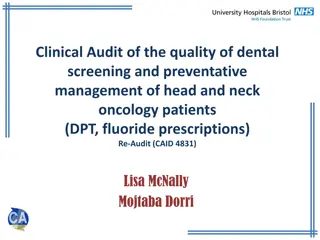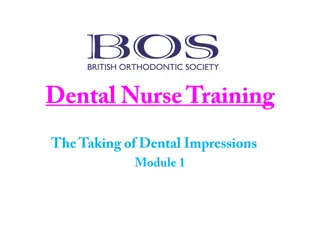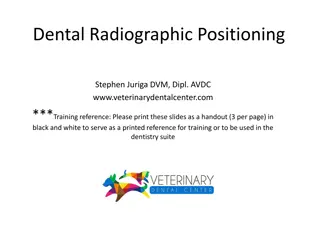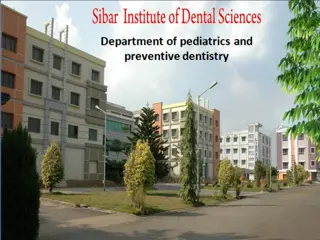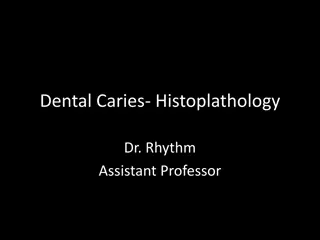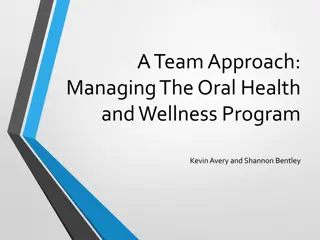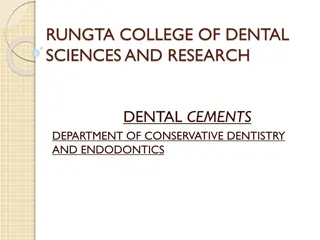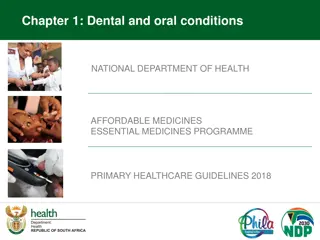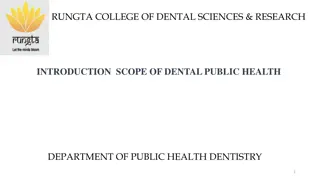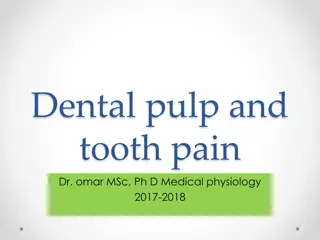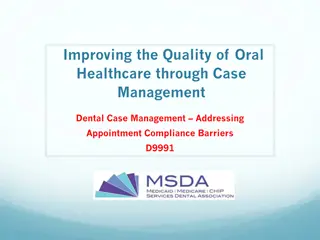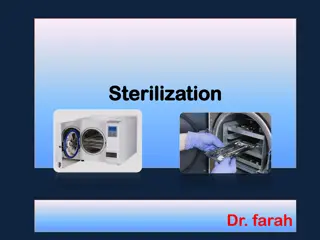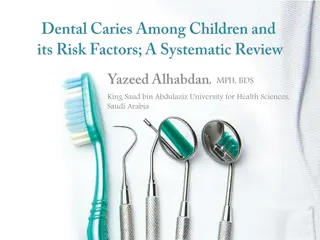Dental Forceps Extraction Technique by Dr. Mohammed Alaraji
In this guide by Dr. Mohammed Alaraji, the general steps of closed extraction using forceps are outlined. The procedure covers soft tissue retraction, handling of forceps, and the role of retraction and support with the left hand during the tooth extraction process.
Download Presentation

Please find below an Image/Link to download the presentation.
The content on the website is provided AS IS for your information and personal use only. It may not be sold, licensed, or shared on other websites without obtaining consent from the author. Download presentation by click this link. If you encounter any issues during the download, it is possible that the publisher has removed the file from their server.
E N D
Presentation Transcript
Technique of forceps extraction Dr.Mohammed Alaraji B.D.S,F.I.B.M.S
The general steps in the closed extraction (forceps extraction) procedure
1- Soft tissue retraction Before starting the application of the dental forceps,: I. the gingival tissue surrounding the tooth should be reflected with blunt probe or tweezers. II. the neck of the tooth freed labially and lingually as far as the bony alveolar margin, so that no laceration or tearing of the gingival occur on extraction III. So, care should be exercised to avoid application of the beaks over the gingival tissue. IV. Reflection of the gingival tissue allows the surgeon to ensure that profound anesthesia is secured before starting extraction. Also, gingival retraction allows the beaks of forceps to be positioned more apically without interference or impingement of the gingival tissue.
2- Handling of the forceps The forceps should be grasped by the palm of the right hand and the thumb finger is placed below the joint. The little finger is placed inside the two handle of the forceps so that it can control the opening and closure of the handle and guide the forceps beaks on the root surface, and when the tooth is grasped the little finger is placed outside the handle.
3- Retraction and support (the use of the left hand): When using the forceps and elevators to luxate and remove teeth. It's important that the surgeon's opposite hand play an active role in the procedure.
left hand has a variety of functions 1) It is used to reflect the soft tissues of the cheeks, lips,teeth and tongue to provide adequate visualization of the area of surgery. 2) It helps to stabilize the patient's head during extraction process. 3) The opposite hand plays an important role in supporting and stabilizing the lower jaw when mandibular teeth are being extracted to prevent injury and post-operative pain in the Tempromandibular joint (T.M.J). And also, to prevent dislocation of the mandible during extraction especially when extraction is performed under general anesthesia. 4) The opposite hand supports the alveolar process and provide tactile information to the operator concerning the expansion of the alveolar process during luxation process.
4- The application of forceps blades to the tooth (tooth grasp) A. The forceps blades are applied on both labial (buccal) and lingual (palatal) surface of the tooth, so that the blades are parallel to the long axis of the tooth to be extracted. B. The blades of the forceps are moved on the tooth surface apically and are allowed to move apically cutting through periodontal and gingival fibres to grasp the tooth-root surface below the cemento-enamel junction. C. . If one side of the tooth is carious, then the forceps blades applied to the carious side first and extraction movement should be started toward the carious side.
5- The displacement of the tooth from its socket This is performed by using the extraction movements. The extraction movements are: 1) Outward movement (labial or buccal). 2) Inward movement (lingual or palatal). 3) Rotatory movement (rotation movement). The purposes of extraction movements are: 1-Cutting the tooth attachment. 2- Separating the tooth from the wall of the socket. 3. Dilatation of the bony wall of the socket . 4. The removal of the tooth from the socket.
Rotatory movement Can be used as primary movement for extraction of teeth with conical straight roots such as the upper central incisors and lower second premolars, also rotatory movement are useful in completing the removal of teeth previously loosened by other means and this is called secondary rotatory movement. The final movement by which the tooth is removed from its socket should be always directed outwards, so reducing the trauma to the opposing teeth and preventing slipping of the tooth in the mouth which may be swallowed or aspirated by the patient.
1) Examine the extracted tooth to be sure that there is no fracture in the roots (retained root), keeping in mind the anatomical variations in number of roots of each tooth, because some teeth have accessory roots. Always examine the socket for any loose fragments of bone or roots (pieces of enamel), foreign materials (e.g., calculus, amalgam particles, or pathology (e.g., periapical granuloma, polyp) all these should be removed by using curette or suction tip or tweezer. You have to remove or smooth any sharp bone or projections of inter- radicular bone, then apply suture, if necessary, e.g., if there is laceration in the soft tissue. The expanded bucco-lingual plate should be compressed or squeezed back to their original configuration or shape in order to reduce any distortion of the supporting tissue to re-establish the normal contour before extraction. Make sure that the socket is fill of blood, (to form blood clot). Place a properly shaped and size (2X2 inches) gauze piece over the socket (and never put it into socket) in such a way that the patient close his mouth and it is not visible to gain initial control of haemorrhage. 2) 3) 4) 5) 6)
1) Keep biting over the gauze for at least 0.5- 1 hours and discharge after that but if haemostasis is not established, he can use another. Do not spit during this 1/2 hour and use minimal talking and avoid violent exercise or activity to assist the formation of a firm clot in the socket, so rest for the first few hours following extraction are recommended, avoid the insertion of the tongue tip inside the socket which lead to dislodgement of clot or disturb its formation. Use only fluid and soft diet for the few postoperative hours and not take solid or hard food for the rest of the day, and chew on a side opposite to the side of extraction. In case of continuous bleeding. Place a sterile gauze in place over the wound and keep it in place for an hour, if bleeding not stopped contact your dentist. Always prescribe the proper analgesic and antibiotic if necessary (e.g., the presence of residual infection, immunosuppressive drugs, aids...etc. 2) 3) 4) 5) diabetic patient, patient on
